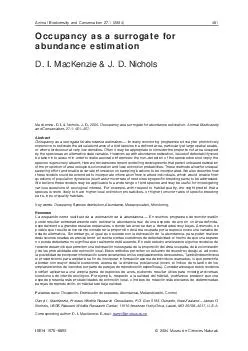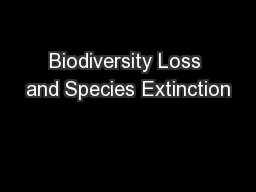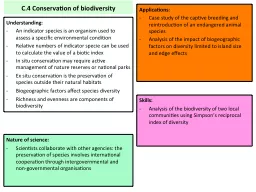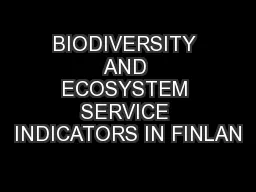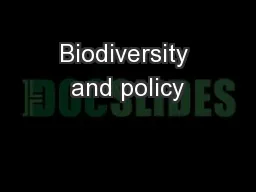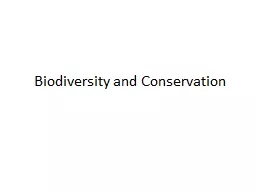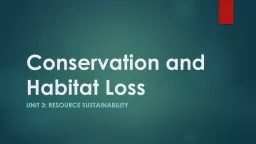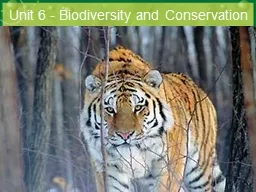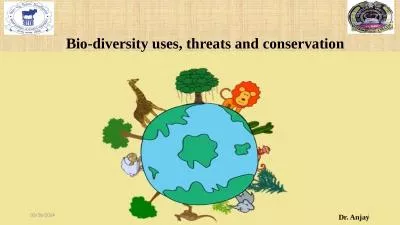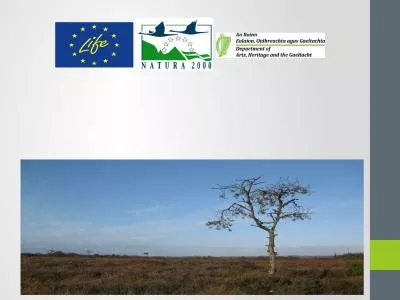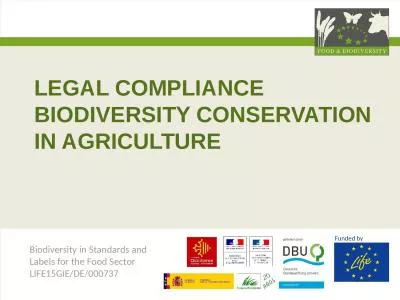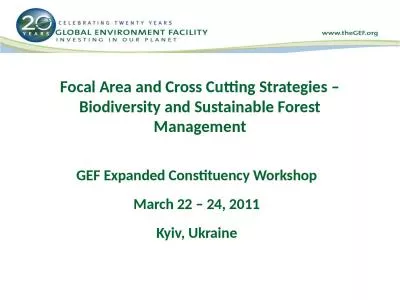PDF-Animal Biodiversity and Conservation
Author : briana-ranney | Published Date : 2015-01-24
1 2004 2004 Museu de Cincies Naturals ISSN 1578665X MacKenzie D I Nichols J D 2004 Occupancy as a surrogate for abundance estimation Animal Biodiversity and Conservation
Presentation Embed Code
Download Presentation
Download Presentation The PPT/PDF document "Animal Biodiversity and Conservation" is the property of its rightful owner. Permission is granted to download and print the materials on this website for personal, non-commercial use only, and to display it on your personal computer provided you do not modify the materials and that you retain all copyright notices contained in the materials. By downloading content from our website, you accept the terms of this agreement.
Animal Biodiversity and Conservation: Transcript
Download Rules Of Document
"Animal Biodiversity and Conservation"The content belongs to its owner. You may download and print it for personal use, without modification, and keep all copyright notices. By downloading, you agree to these terms.
Related Documents

